DTF (Direct to Film) printing is a method that has revolutionized the textile industry, allowing for high-quality, durable designs on a variety of fabrics. This technology enables the printing of vivid and detailed images directly onto special films, which are then transferred onto textiles using heat and pressure. The versatility and efficiency of DTF printing have made it increasingly popular among clothing manufacturers, designers, and hobbyists. In this article, we delve into the components, advantages, applications, and considerations of DTF ink, which plays a pivotal role in this innovative printing process.
Understanding DTF Ink
DTF ink is a specially formulated type of ink designed to be used in Direct to Film printing technology. It is a water-based ink that contains high-quality pigments and a specific binder that ensures adhesion to the transfer film and, eventually, to the fabric. The composition of DTF ink is crucial as it must be viscous enough to be printed smoothly through DTF printers while maintaining vibrant colors and wash durability when transferred to textiles.
Components and Types of DTF Ink
DTF ink comprises several key components:
- Pigments: Provide the color and opacity needed for the design. They are finely ground to ensure a high-quality print without clogging the printer nozzles.
- Binder: A crucial component that ensures the ink adheres to the transfer film and fabric. It forms a bond with the textile fibers during the heat transfer process, ensuring the longevity of the print.
- Carrier Fluid: Typically water, it transports the pigment and binder from the printer onto the film.
There are different types of DTF inks tailored to various printing needs, including inks optimized for specific fabric types and colors. Some inks are formulated to be more elastic, making them ideal for stretchy fabrics, while others prioritize color fastness and resistance to fading.
Advantages of DTF Ink
DTF ink offers numerous benefits over traditional textile printing methods:
- Versatility: It can be used on a wide range of fabrics, including cotton, polyester, silk, and blends, without needing to pre-treat the fabrics.
- Quality: Produces vibrant, high-resolution prints that are durable and resistant to washing.
- Eco-Friendly: Water-based DTF inks are less harmful to the environment compared to solvent-based inks used in some other printing technologies.
- Cost-Effective: Reduces waste and allows for small batch printing without the need for screens or setups required by screen printing.
Applications of DTF Printing
The flexibility of DTF printing has led to its adoption across various sectors:
- Fashion and Apparel: Customizing t-shirts, hoodies, and other garments with detailed designs.
- Sportswear: Creating durable, flexible, and wash-resistant prints that can withstand the rigors of athletic performance.
- Home Decor: Printing on cushions, curtains, and other fabrics to offer personalized or limited-edition designs.
- Prototyping: Designers can quickly produce samples for review or market testing without the need for large production runs.
Considerations When Using DTF Ink
While DTF printing offers numerous advantages, there are considerations to keep in mind:
- Printer Compatibility: Ensure your printer is compatible with DTF inks and films for optimal results.
- Ink Storage and Handling: Proper storage and handling are essential to prevent the ink from drying out or degrading, which can affect print quality.
- Health and Safety: Use in a well-ventilated area and follow all safety guidelines, as the inks are water-based but still contain chemicals.
Conclusion
DTF ink represents a significant advancement in textile printing technology, offering unparalleled versatility, quality, and efficiency. Its ability to produce vibrant, durable designs on a wide variety of fabrics makes it a preferred choice for professionals and hobbyists alike. As the textile industry continues to evolve, DTF printing and its specialized inks stand out as a sustainable, cost-effective, and innovative solution to meet the growing demand for customized fabric printing.
